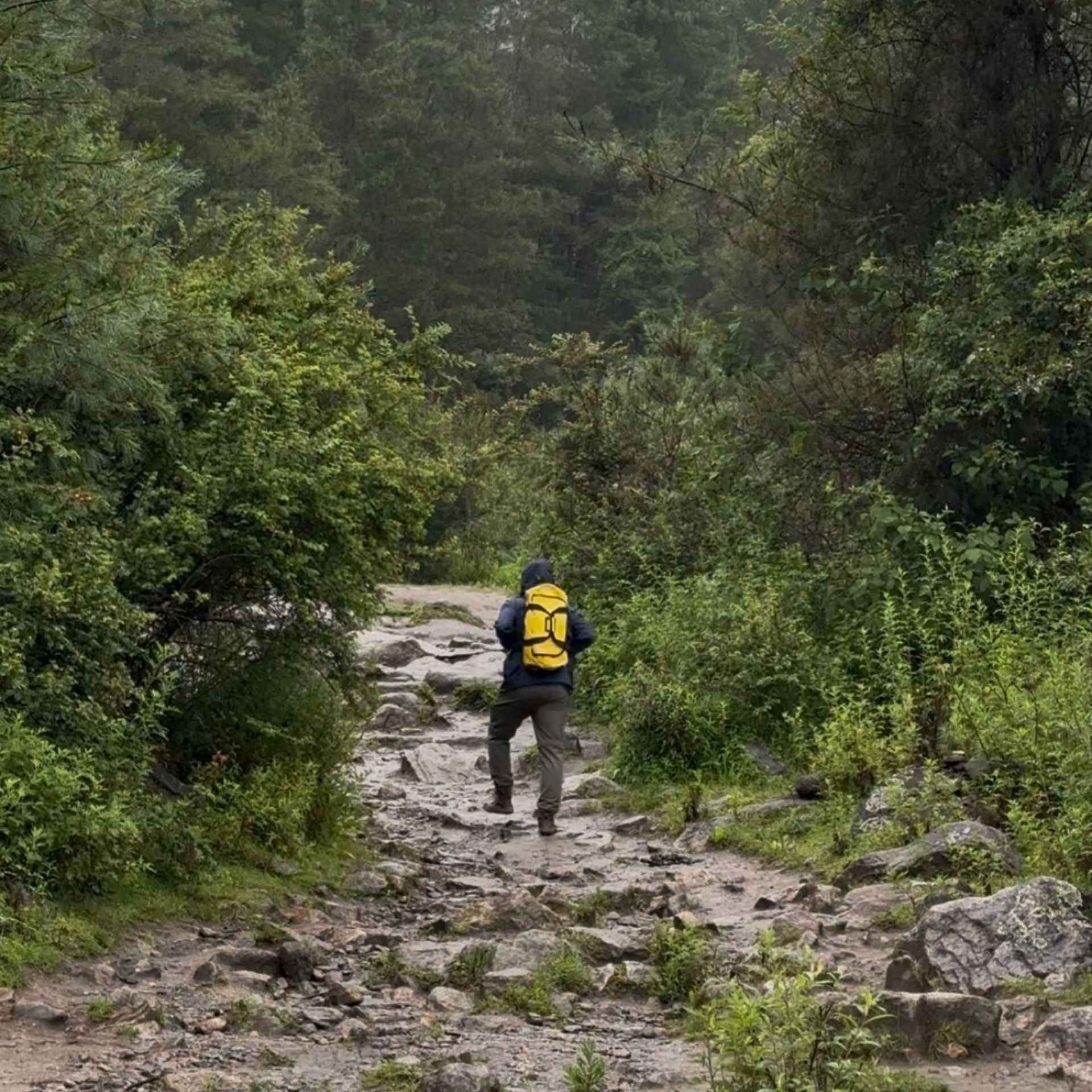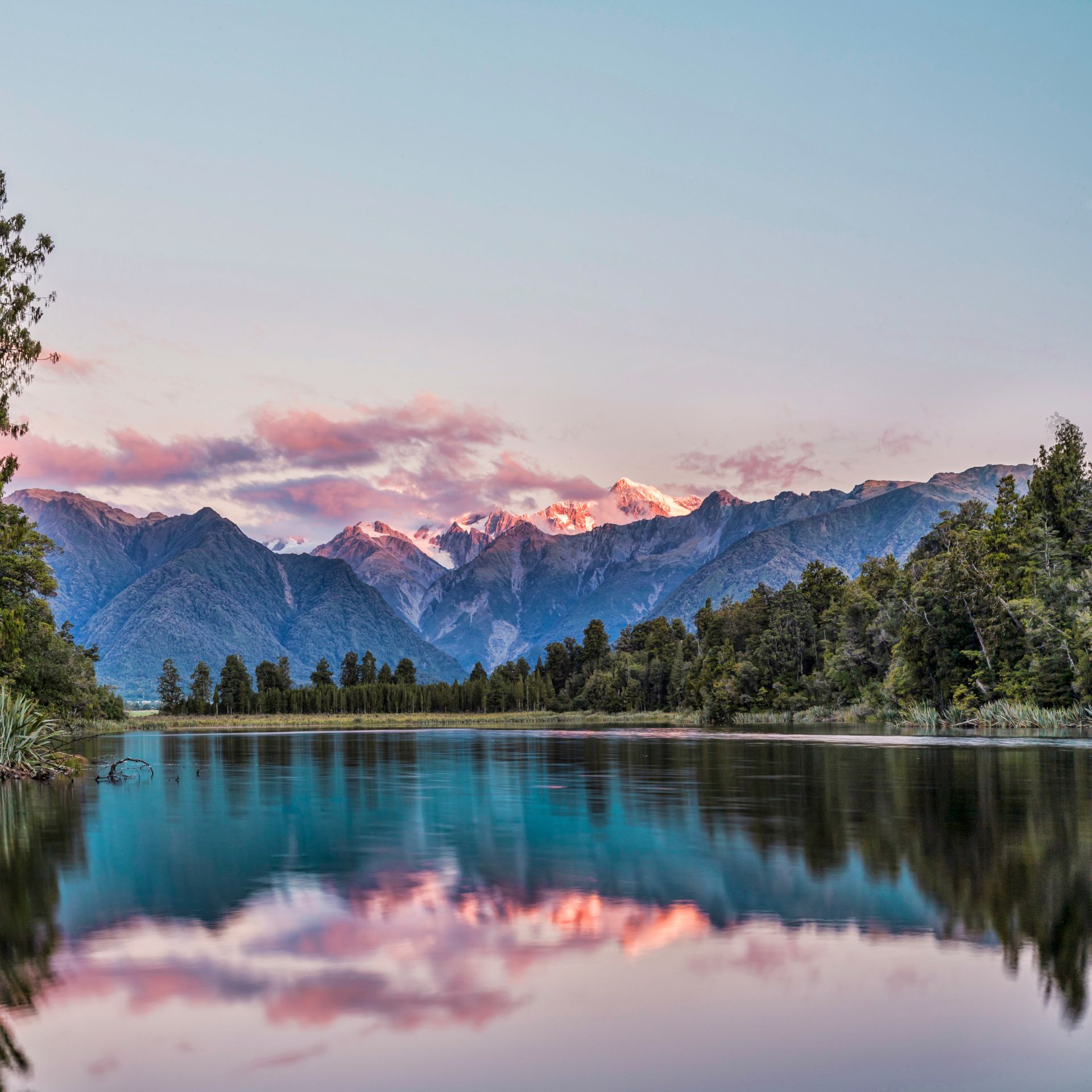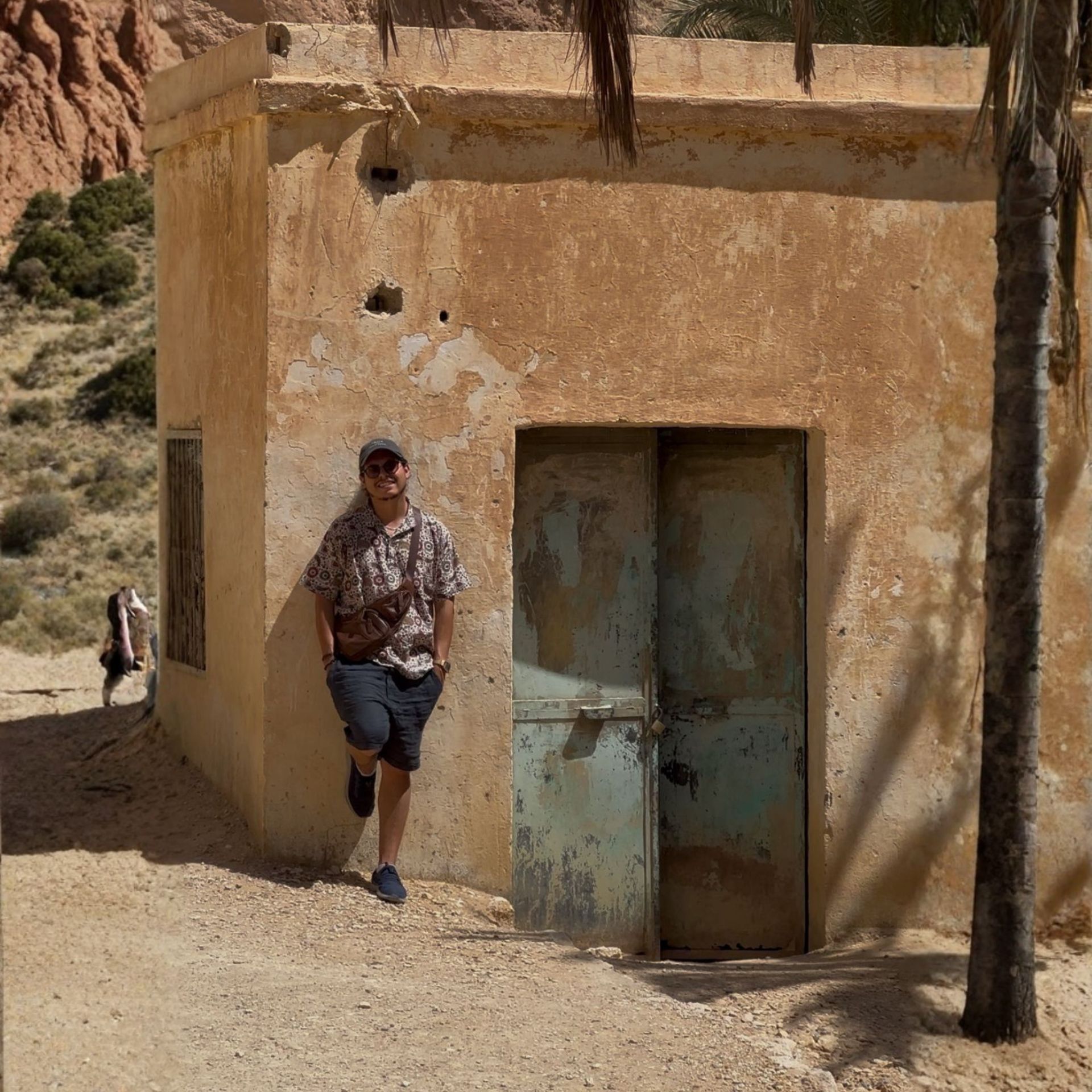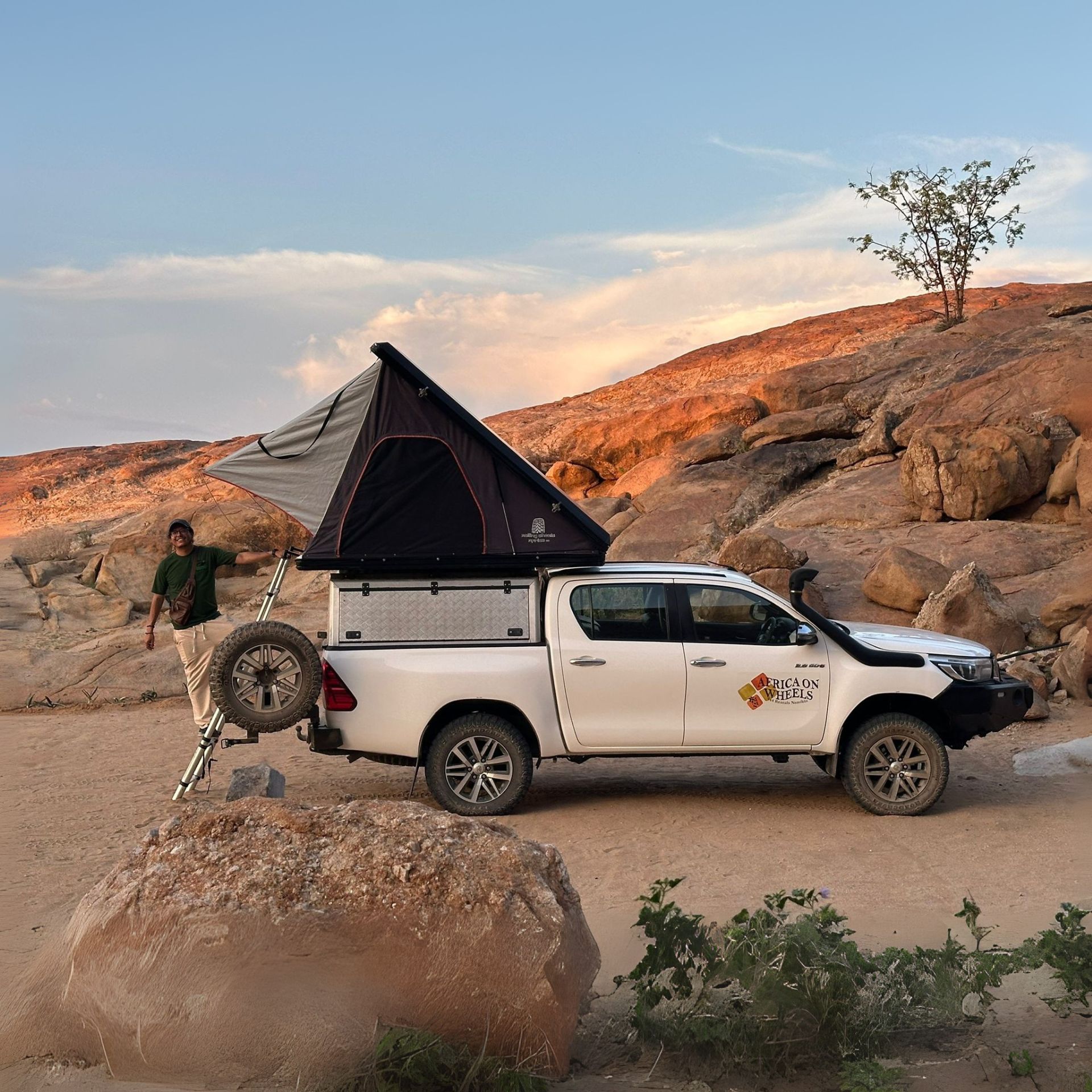Discover how reintroducing wildlife in Malawi’s national parks is transforming conservation efforts and revitalizing ecosystems.
When I first heard about the wildlife conservation efforts in Malawi, I was intrigued. As someone who has always been passionate about wildlife, the idea of reintroducing species to their natural habitats fascinated me. I had seen the devastating effects of poaching and habitat loss in many national parks of Africa, and I was eager to see how Malawi was tackling these issues head-on.
Malawi had faced significant challenges with its wildlife populations over the years. Poaching, deforestation, and human-wildlife conflicts had taken a heavy toll, leaving many species on the brink of extinction. However, recent years have brought a wave of hope and change. With the help of organizations like African Parks, Malawi is now making remarkable strides in reintroducing and protecting its wildlife. This isn’t just about saving animals—it’s about restoring ecosystems, boosting local economies through ecotourism, and fostering a new culture of conservation.
As I dug deeper into these efforts, I discovered some incredible success stories and promising initiatives that are truly making a difference.
Read more: Best National Parks in Malawi for a Safari
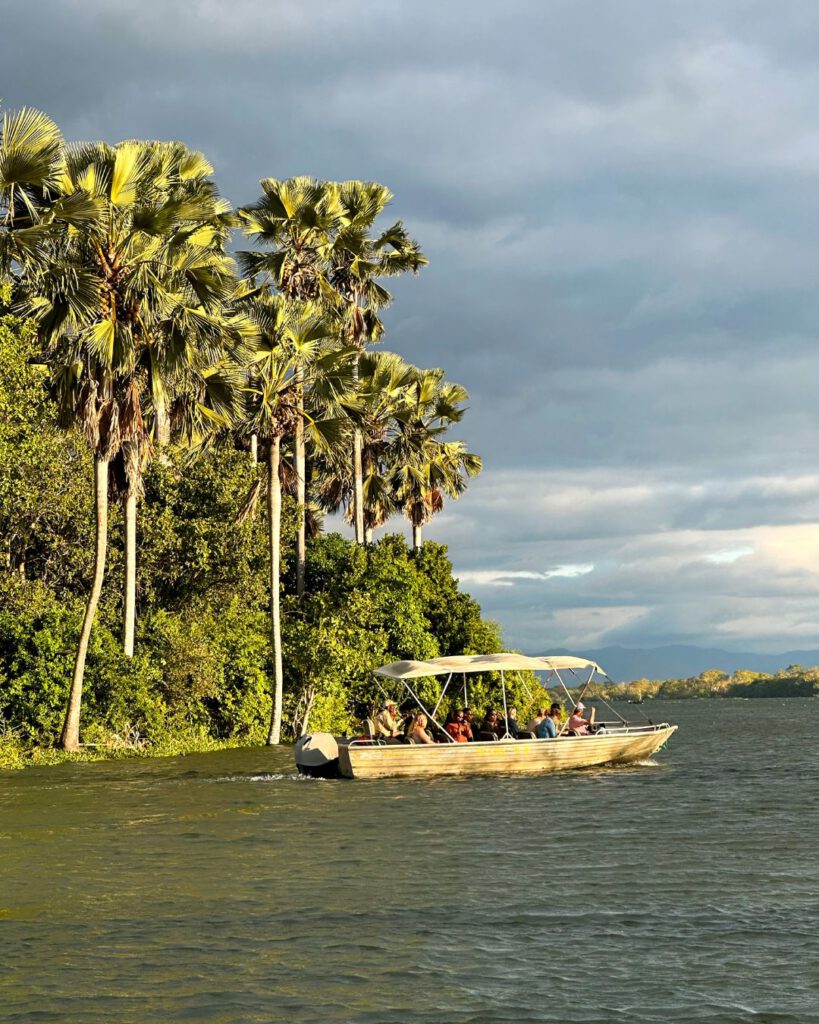
The Historical Context of Wildlife Conservation in Malawi
In the latter half of the 20th century, Malawi’s wildlife was under severe threat. Extensive poaching, driven by the illegal wildlife trade and local subsistence hunting, decimated populations of elephants, rhinos, lions, and other key species. Habitat destruction, caused by agricultural expansion and deforestation, further exacerbated the decline. By the 1990s, many national parks and reserves were nearly devoid of large mammals, and the ecological integrity of these areas was severely compromised.
The situation was dire, but it wasn’t without hope. Recognizing the urgent need for intervention, the Malawian government and international conservation organizations began to develop strategies to combat these threats. Initial efforts focused on anti-poaching measures and community education programs to reduce human-wildlife conflict.
Read more: How to Plan a Road Trip in Malawi
Read more: Water Made from Air – The Sustainability Project That Can Change the World
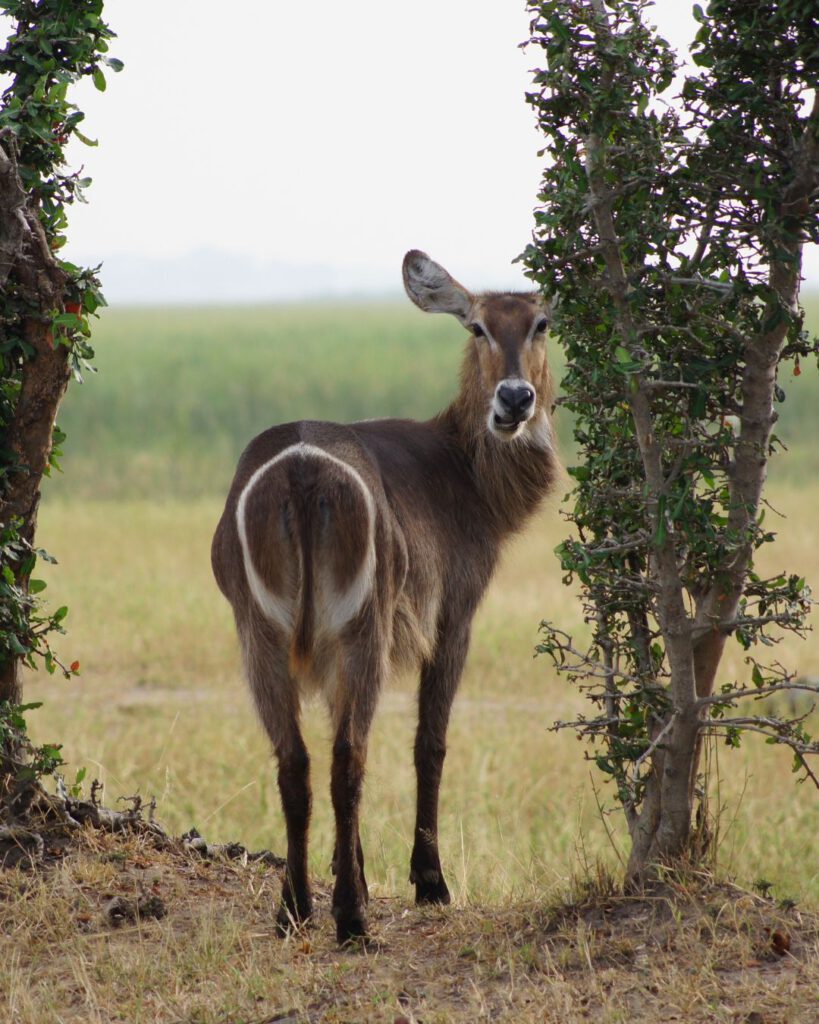
The Role of African Parks in Malawi
A major turning point came when African Parks partnered with the Malawian government to manage several of the country’s national parks and wildlife reserves. African Parks brought a wealth of experience and a proven track record of successful wildlife conservation initiatives across Africa. Their holistic approach to conservation includes law enforcement, community engagement, and sustainable tourism development.
In Malawi, African Parks took on the management of Liwonde National Park, Majete Wildlife Reserve, and Nkhotakota Wildlife Reserve. These areas, once devastated by poaching, became the focal points for rewilding and restoration efforts. African Parks’ involvement has been instrumental in transforming these reserves into thriving ecosystems.
Read more: How to plan a safari in Amboseli National Park in Kenya

Successful Wildlife Reintroductions in Malawi
Liwonde National Park
Liwonde National Park, located in southern Malawi, has become a shining example of successful wildlife reintroduction. Once known for its rich biodiversity, Liwonde’s wildlife populations had been decimated by poaching. With African Parks at the helm since 2015, extensive anti-poaching measures were implemented, including the deployment of a well-trained ranger unit and the use of technology for surveillance.
One of the most significant reintroduction efforts in Liwonde was the return of cheetahs and lions. In 2017, cheetahs were reintroduced to the park after an absence of two decades. This initiative was followed by the reintroduction of lions in 2018. These predators play a crucial role in maintaining the ecological balance by regulating herbivore populations. The successful reintroduction of these big cats has not only enhanced biodiversity but also increased tourism, benefiting local communities economically.
Nkhotakota Wildlife Reserve
Nkhotakota Wildlife Reserve, located in central Malawi, experienced a similar fate as Liwonde, with wildlife populations plummeting due to poaching. African Parks assumed management in 2015 and embarked on one of the largest wildlife translocations in history. Over a two-year period, more than 500 elephants were relocated to Nkhotakota from Liwonde and Majete. This monumental effort aimed to relieve pressure on Liwonde’s elephant population and restore Nkhotakota’s ecological health.
The reintroduction of elephants has had profound ecological impacts. Elephants are keystone species, meaning their presence significantly influences the structure and functioning of the ecosystem. By dispersing seeds and creating clearings, elephants promote vegetation diversity, which benefits other wildlife species. The successful translocation has not only boosted Nkhotakota’s biodiversity but also positioned it as a prime destination for elephant tourism.
Majete Wildlife Reserve
Majete Wildlife Reserve, in southern Malawi, stands as a testament to the power of effective conservation management. Once devoid of wildlife, Majete has undergone a remarkable transformation since African Parks took over in 2003. The reintroduction of black rhinos, lions, leopards, and elephants has revitalized the reserve’s ecosystem.
Majete’s success story is particularly noteworthy due to its community-centric approach. African Parks has worked closely with local communities, providing them with employment opportunities, educational programs, and revenue-sharing from tourism. This collaborative model has not only ensured the reserve’s long-term sustainability but also fostered a sense of ownership and pride among the local population.
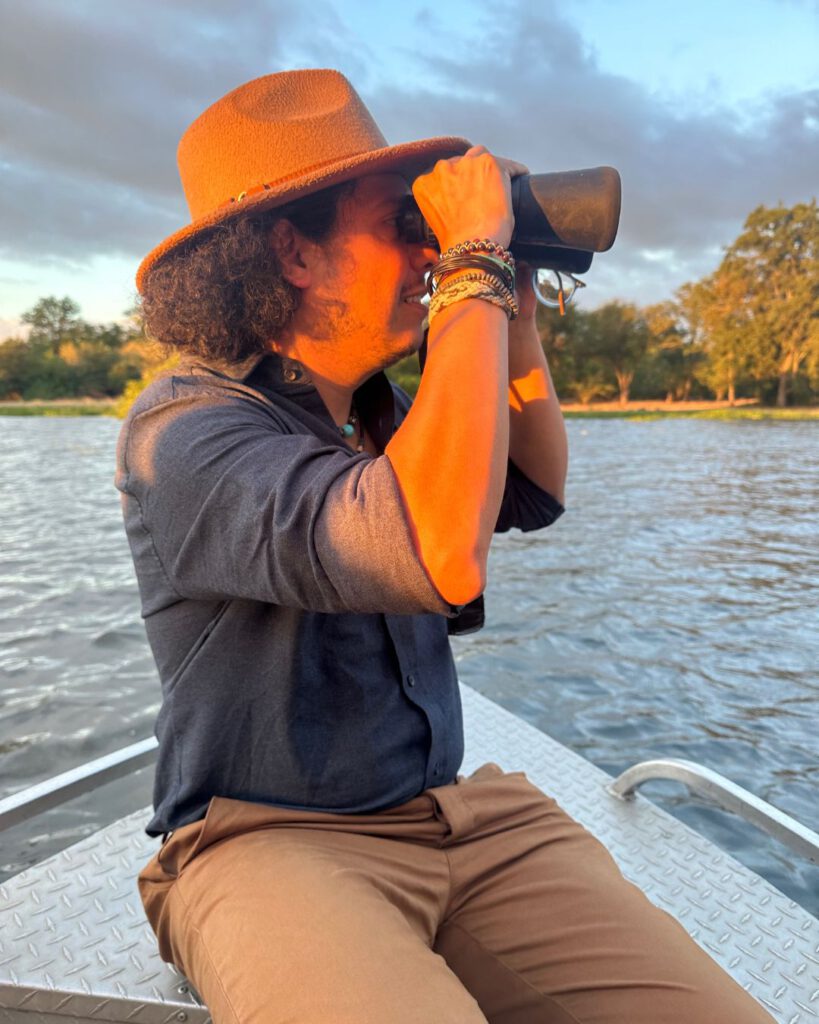
Challenges and Future Prospects
While the reintroduction efforts in Malawi have yielded impressive results, several challenges remain. Ensuring the long-term sustainability of these initiatives requires continuous funding, effective law enforcement, and ongoing community engagement. Poaching, though significantly reduced, still poses a threat, and habitat degradation due to human activities continues to be a concern.
Looking ahead, the future of wildlife conservation in Malawi appears promising. African Parks and other conservation organizations are committed to expanding their efforts, with plans to reintroduce more species and enhance the management of protected areas. Additionally, there is a growing emphasis on integrating conservation with community development, ensuring that local populations benefit from and actively participate in conservation initiatives.
Read more: Why wildlife sancturaries are so important for conservation
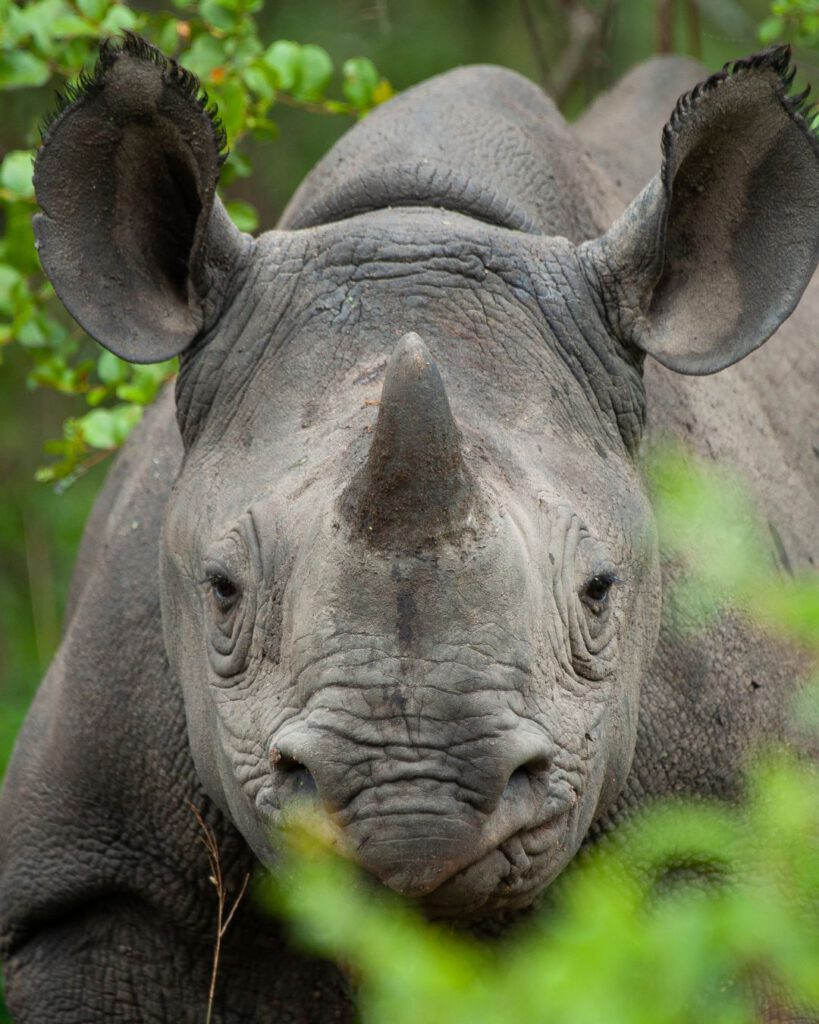
Impact on Local Communities and Ecotourism
The reintroduction of wildlife has had a transformative impact on local communities and the economy. Ecotourism, driven by the resurgence of wildlife populations, has become a significant source of income for many Malawians. Tourists flock to Liwonde, Majete, and Nkhotakota to witness the remarkable recovery of these ecosystems and to experience the thrill of seeing elephants, lions, and other iconic species in their natural habitats.
Revenue generated from ecotourism supports conservation efforts and funds community development projects, including education, healthcare, and infrastructure. Local communities, once reliant on poaching for subsistence, now find employment opportunities as park rangers, guides, and hospitality staff. This shift has not only improved livelihoods but also fostered a culture of conservation and environmental stewardship.
Read more: The importance of wildlife reintroduction in Africa’s national parks
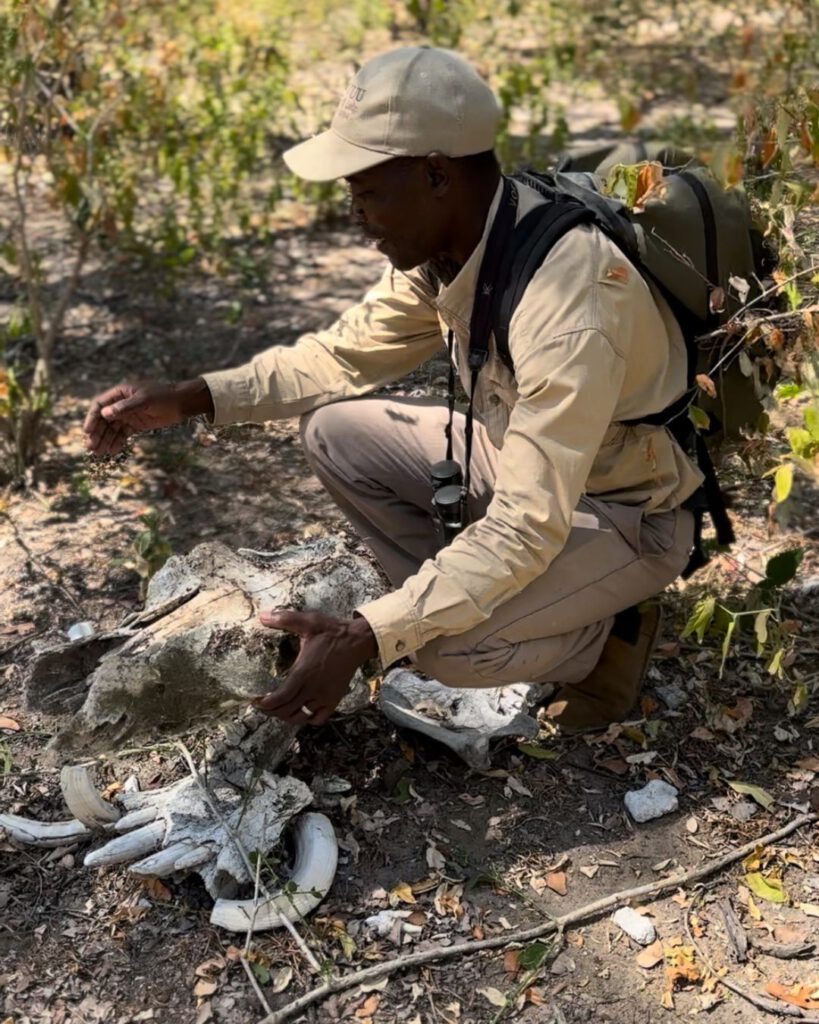
NGOs and Organizations Driving Conservation in Malawi
Several organizations are at the forefront of wildlife conservation in Malawi, working alongside African Parks to ensure the success of reintroduction initiatives. The Malawi Wildlife and Environmental Society (WESM) plays a crucial role in raising awareness about conservation issues and advocating for sustainable practices. Similarly, the Lilongwe Wildlife Trust focuses on rescuing and rehabilitating injured and orphaned wildlife, as well as conducting research and education programs.
The collaboration between these organizations, the Malawian government, and local communities has created a robust framework for conservation. Their collective efforts are instrumental in safeguarding Malawi’s natural heritage for future generations.
Read more: Turning poachers in Uganda into conservationists
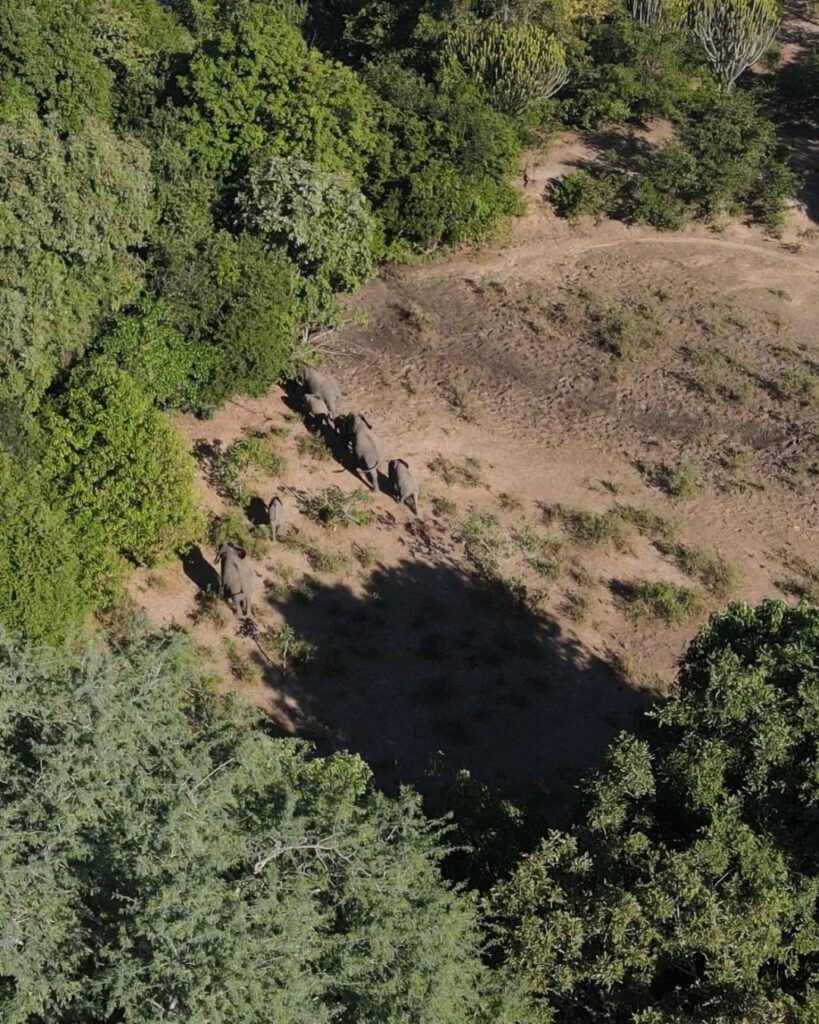
The reintroduction of wildlife in Malawi’s national parks represents a beacon of hope in the broader context of African conservation. Through the dedicated efforts of African Parks and other conservation organizations, Malawi is witnessing a remarkable resurgence of its wildlife populations and the restoration of its ecosystems. The success stories of Liwonde, Nkhotakota, and Majete highlight the power of collaborative conservation and the positive impact it can have on both biodiversity and local communities.
As Malawi continues on this path of recovery, it serves as an inspiring example of how determined action, innovative strategies, and community involvement can reverse the tide of wildlife decline. The future of Malawi’s wildlife looks brighter than ever, promising a harmonious coexistence between humans and nature.

